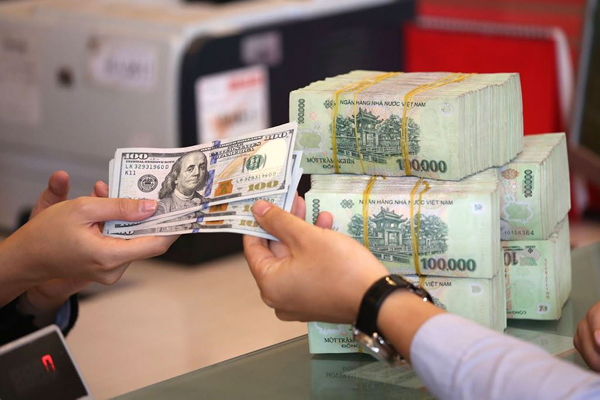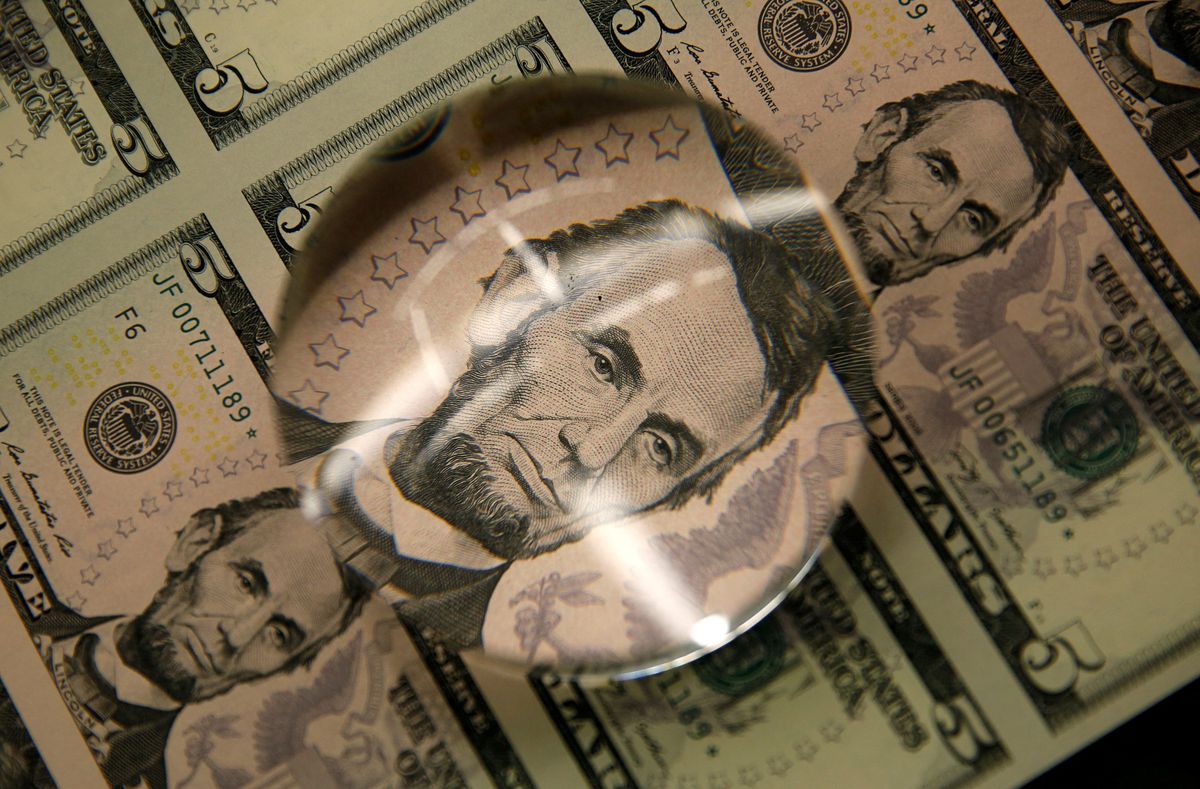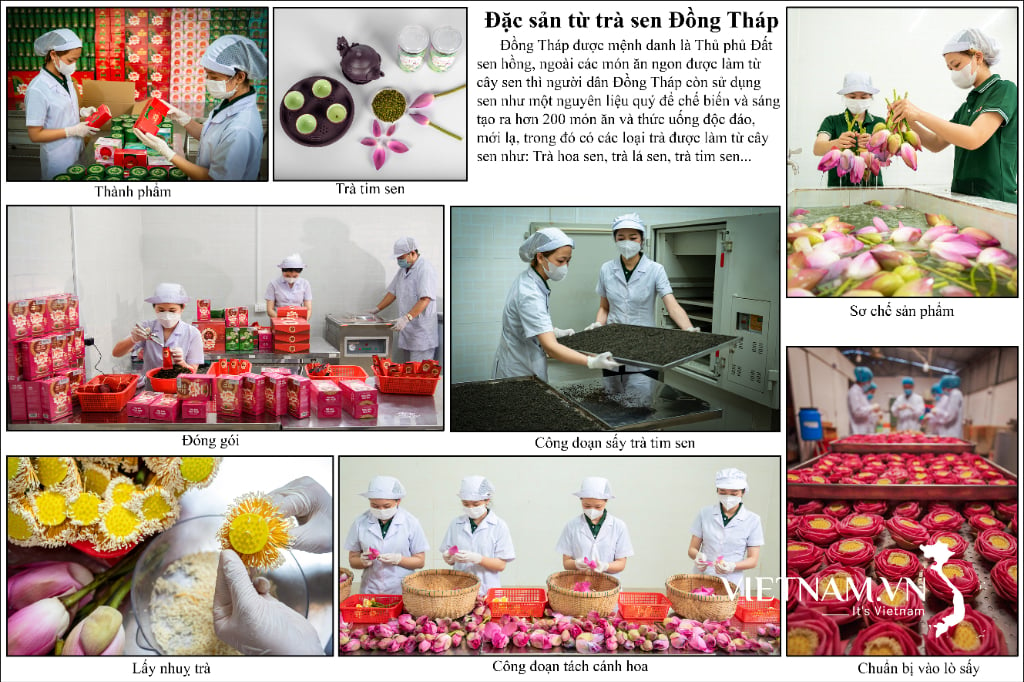USD/VND exchange rate trend is chaotic
Finally, the most important information in the financial market also ended as predicted. Accordingly, on May 3 (night of May 3, Vietnam time), the US Federal Reserve (FED) announced a 0.25 percentage point increase in operating interest rates despite the banking crisis and the increasing risk of recession.
The domestic foreign exchange market quickly reacted to the FED’s decision, but in an unpredictable way. It was… a chaotic trend. In the banking system, some increased the USD/VND exchange rate, some adjusted it down, and some were still in a “waiting” state.
Specifically, Vietnam Export Import Commercial Joint Stock Bank (Eximbank) is the unit with the strongest and earliest change. The USD/VND exchange rate at Eximbank is traded at: 23,230 VND/USD - 23,610 VND/USD, up 110 VND/USD for buying and 70 VND/USD for selling compared to the last session of April.

USD/VND exchange rate trend is chaotic on the morning of May 4. Illustrative photo
Joint Stock Commercial Bank for Foreign Trade of Vietnam ( Vietcombank ) also chose to increase the exchange rate. USD at Vietcombank is bought and sold at: 23,275 VND/USD - 23,645 VND/USD, an increase of 15 VND/USD in both buying and selling directions.
Meanwhile, the Vietnam Joint Stock Commercial Bank for Industry and Trade (Vietinbank) listed the USD/VND exchange rate at: 23,230 - 23,650 VND/USD, keeping the buying price unchanged but reducing the selling price by 40 VND/USD. The exchange rate at the Vietnam Joint Stock Commercial Bank for Investment and Development ( BIDV ) decreased by 1 VND/USD to 23,300 VND/USD - 23,600 VND/USD.
Exchange rates at Vietnam Technological and Commercial Joint Stock Bank ( Techcombank ) and Tien Phong Commercial Joint Stock Bank (TPBank) remain unchanged at: 23,295 VND/USD - 23,645 VND/USD and 23,235 VND/USD - 23,735 VND/USD.
At Hang Bac and Ha Trung, the "golden streets" of Hanoi, the USD/VND exchange rate did not fluctuate much, still trading at 23,420 VND/USD -23,470 VND/USD.
USD falls sharply on world market
In theory, when interest rates increase, the value of the USD will increase. However, in the 10th consecutive adjustment by the FED, the US dollar suddenly plummeted. The reason is that this move by the FED was predicted. At the same time, the FED has sent a signal that it will soon end its tight monetary policy.
In a marked change, the central bank no longer said it “anticipates” a need to raise rates, but only said it would watch upcoming data to determine whether further rate increases are warranted.
The pause will give officials time to assess the fallout from recent bank failures, wait for a resolution of the political impasse over the U.S. debt ceiling and monitor inflation.
The Fed did not explicitly commit to ending its hike cycle, helping lift the dollar from session lows reached shortly after the central bank released its meeting statement.

The Fed raised interest rates for the 10th time but signaled that it would soon end its tight monetary policy, causing the USD to fall sharply. Illustrative photo
“Some people may have expected a pause in monetary tightening. I don’t think that’s realistic but it’s a signal,” said Adam Button, chief currency analyst at ForexLive in Toronto.
“The name of the game now is to watch the economic data and try to find signs of weakness or stubborn strength in the US economy,” Adam Button added.
The U.S. dollar index fell 0.68% on the day to 101.27, after touching 101.05, its lowest since April 26. The euro was unchanged at $1.1059 after hitting $1.1093. The currency is holding just below a 13-month high of $1.1096 hit last week. The dollar also fell 0.07% against the Japanese yen to 134.59.
The April jobs report due out Friday is the main economic focus this week. The dollar quickly rebounded after data earlier on Wednesday showed U.S. private employers increased hiring in April, with strong demand in the leisure and hospitality industry, although wage growth slowed.
Other data on Wednesday showed the U.S. services sector maintained steady growth in April as new orders rose amid strong exports, but businesses continued to face higher input prices, suggesting inflation may remain elevated.
Next week's consumer price inflation will also offer fresh clues on whether inflation is continuing to ease.
The European Central Bank is expected to raise interest rates by 25 basis points on Thursday, with a 50 basis point increase also possible but considered a low probability.
Source



















































![[Maritime News] Wan Hai Lines invests $150 million to buy 48,000 containers](https://vphoto.vietnam.vn/thumb/402x226/vietnam/resource/IMAGE/2025/6/20/c945a62aff624b4bb5c25e67e9bcc1cb)














![[Infographic] Party Committee of the Ministry of Culture, Sports and Tourism: Marks of the 2020 - 2025 term](https://vphoto.vietnam.vn/thumb/402x226/vietnam/resource/IMAGE/2025/6/22/058c9f95a9a54fcab13153cddc34435e)


























Comment (0)